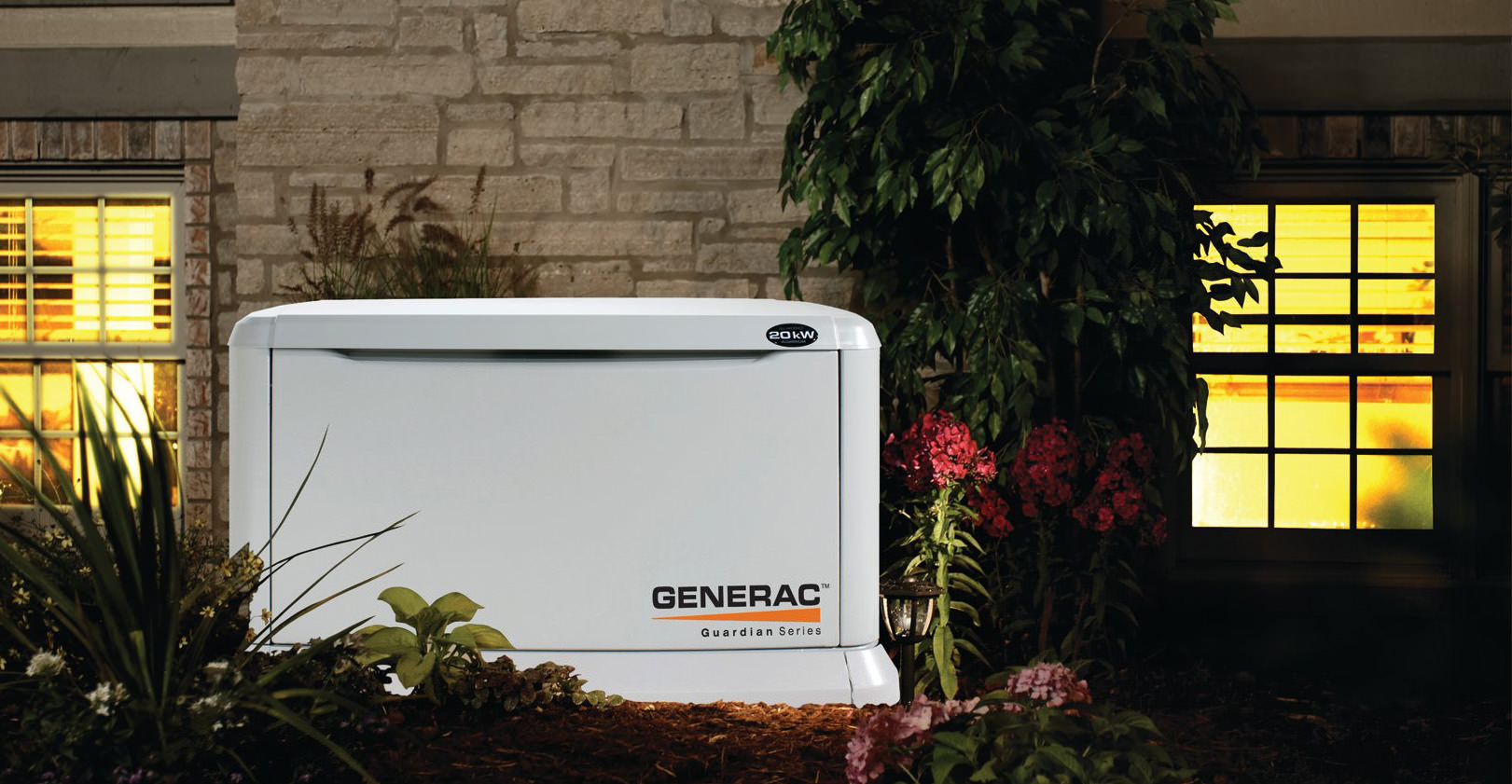The weather in South Florida is unpredictable. We can be sure that sooner or later, we will personally encounter a major storm – and we will experience a power outage to some degree. It is just one of the results of living in a sub-tropical paradise.
You may be considering a generator for your home or business, in order to easily weather these storms without too much inconvenience. But which type of generator is right for you? This article is to discuss the differences between air-cooled and water (liquid) cooled generators in order to help you to make the right choice for your situation.
Electric generators produce a large quantity of heat during operation. The interior of an electric generator needs to be kept cool constantly in order to adequately protect it from damage and breakdown.

Generators are designed to either air-cooled or liquid-cooled. Which design is incorporated is most often determined by the size and type of the generator; smaller generators are typically air-cooled while larger models are often liquid-cooled.
Air-Cooled System Facts:
- Air cooled generators are considered a good value for a homeowner, as they can power a good amount of the home or appliances in an emergency.
- Air-cooled systems use air circulation to lower the temperature of the unit. The engine of the generator use fans to force air across the engine in order to cool it, dispersing it internally to keep the generator from overheating.
- An air-cooling system is either open-ventilated or completely enclosed. In the open-vent system, atmospheric air is utilized and the exhaust is released back into the atmosphere.In an enclosed system, the air is re-circulated to cool the internal working parts of the generator system.
- Air-cooling systems are often utilized in portable generator sets and standby generators of up to 22 kilowatts.
- Air-cooling units have the potential of overheating when used over a long period of time in excessive temperatures – very likely in Sarasota in the summertime. When this happens, they will cease to function and no longer generate electricity. If an air-cooled system fails, it may require significant repairs.
Therefore preventative maintenance requires an attentive approach.
Liquid-Cooled System Facts:
- A liquid-cooled generator utilizes oil or coolant to moderate the temperature of the internal
parts. This is similar to the system found in automobiles. - Liquid cooling utilizes both a radiator and water pump. The pump distributes the cooling liquid to the engine block via hoses. The heat of the engine block is transferred to the coolant, which flows into the radiator where it is cooled by air.
- Because there are more moving parts, they often require more maintenance. You should always have an annual maintenance plan with your generator company to make sure the unit is in top operating condition should you need it.
- Generators over 22 kilowatts are more likely to have a liquid-cooling design.
- Liquid-cooling systems are generally more powerful, making them more expensive than their air-cooled counterparts.These units are often used in commercial or industrial settings, such as restaurants, stores or churches.
Large luxury homes may also benefit from their capacity.
While air-cooled units are simpler to operate and are generally less expensive, liquid-cooled systems are often more robust. It is prudent to consult with a reputable certified Generac dealer to decide which system is best for your particular needs and situation – not to mention your budget.
At Promise Electric in Sarasota, we are committed to giving you the best advice, and to providing you with the best unit for your needs. You can trust our trained experts to not only recommend the right generator, but to plan, install, and stand behind our work. Call us today, before the storm hits!


